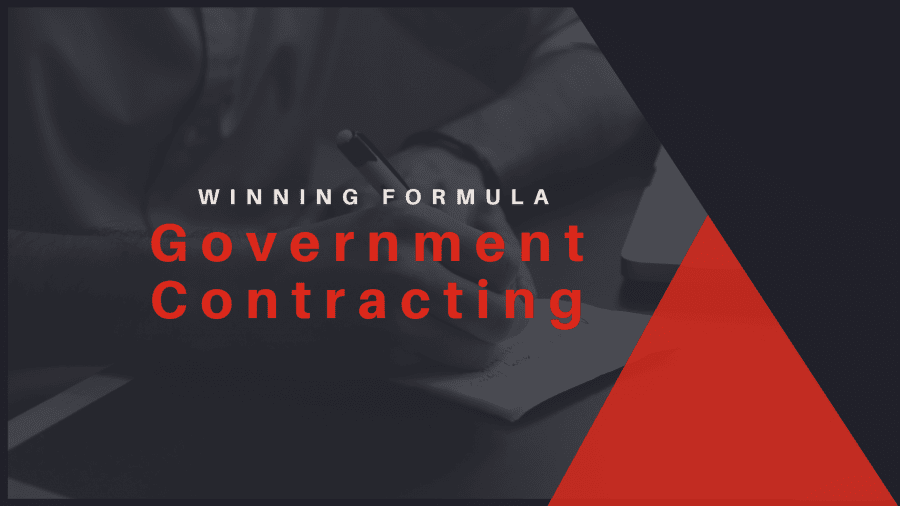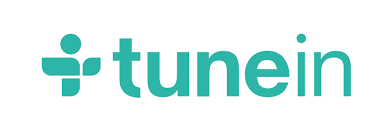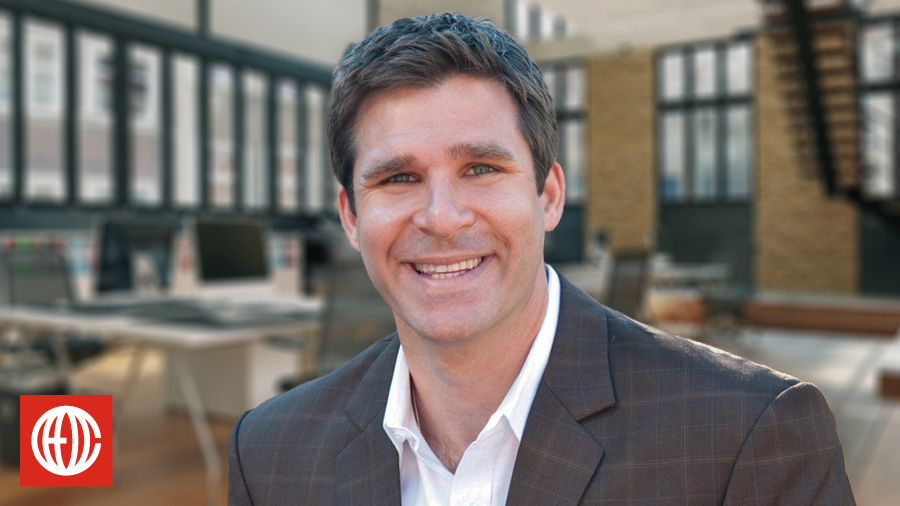
Guest: Rafe Wilkinson, a serial entrepreneur with over 30 years of experience leading organizations to great success. Prior to his business career, Rafe played in the NFL for the Denver Broncos and was a member of the 1987 Super Bowl team. Most recently, he bought and built a company to more than 1,000 employees spread across multiple states, and then he led the successful sale of that company to a $2 billion strategic buyer, which resulted in a 23X multiple on his initial investment. Rafe is also an active member of YPO and a coach at CEO Coaching International.
Episode in a Tweet: This three-step process will help you win government contracts and accelerate your public-sector growth.
Quick Background: Government contracting can be lucrative, but it can also be a cutthroat competition between companies trying to outsmart and under-bid each other. Winning major contracts requires a detailed proposal strategy that balances innovative thinking with a clear-eyed understanding of what your company can and can’t bring to the table.
On today’s show, Rafe Wilkinson shares three key steps to accelerate your growth in the government contracting space – including an ingenious acquisition strategy that Rafe has seen get BIG results.
Rafe Wilkinson’s 3 Steps to Growth in Government Contracting
1. Identify and understand your customer needs.
“By far the most effective strategy is to discover and dig deep into what your customer needs are, and then deliver them,” Rafe advises. “While it’s easy to say and this is a simple concept, it is much more difficult for contractors to grasp and consistently execute on.”
Why is something so basic a potential stumbling block? The competitive nature of bidding for contracts is definitely a factor. Losing bidders are often too focused on appearing more clever than their competition. Sure, you want to stand out. But pile on too many shiny objects and buzzwords and your core ideas might look too complicated for their own good, especially to government judges looking for an efficient use of public money.
“Remember, your solution is not more critical than the problem,” Rafe says. “It’s the classic example of how to get a client to move. Is the pain great enough, or does your solution provide and mitigate that pain? Contractors who have developed the art of discipline and that customer-first focus are going to be much more successful than those that try to be too many things to the customer at first.”
And when the potential customer is the government, there are resources at your disposal to fine-tune your pitch. Winning and losing government bids are all open for public review. The government will also publish restrictions and requirements that bids have to meet. You might also need to prepare your team for months of security clearance, certifications, and background checks before you can cash the check and get to work.

So, if you’re serious about government contracting, start studying. And if this is your first attempt at a government bid, get help from someone who’s been through the process before. “The best recommendation I would make would be find a mentor to help guide you through it,” Rafe says. “It will save you three years’ time.”
2. Leverage what’s already working for you.
One way to sweep away the clutter from your proposal is to stay focused on your core competencies. What is that service or product that no one else does as well as you do? The government isn’t going to care about what you’re good at. They want to know what you’re great at, and how that differentiates you from other bidders.
Remember the old John Glenn joke about every part of his rocket being built by the lowest bidder? Yes, cost is a factor in winning bids. But Rafe says what the government is really looking for is a company that can use its skills to bridge the disconnect between what the public sector needs and how the private sector operates. He’s even seen the government approach companies that are able to consistently execute this critical alignment BEFORE an RFP is even issued.
“Then all of a sudden, that will give you as a business owner the opportunity to really be customer-centric in your focus,” he says. “If you’re on the inside helping shape the RFP, one of the greatest opportunities is helping that procurement officer develop a matrix behind the scenes on how they grade the RFPs.”
3. Innovate through collaboration.
If you’re a smaller firm trying to break in to government contracting, you might recognize that you just don’t have all the resources necessary to submit a winning bid on your own. But somewhere on that RFP’s long list of requirements there will be a box or two that you check really well. That’s where a creative collaboration with a larger prime contractor could be mutually beneficial.
Rafe says, “We might be an ADA firm, we might be a minority-owned firm, we might be an Alaska Indian set-aside firm, or we might just be a small business set-aside, where we can call up a prime and say, ‘If you would allow us to tuck into your RFP response, this will allow you to get certain checks on the score card.’ That gives us the opportunity to learn more about that sector, get a better track record of past experiences, and then soon you can go and compete on your own with those things.”
Another innovative idea is to look for acquisition targets who already have government contracts in place. A good place to start looking is private equity funds that might be looking to divest themselves of such companies for one reason or another.
Rafe says, “I’ve seen in a number of situations where companies in the government space have been able to purchase companies from a private equity fund looking to close out at an incredible discount, bring that company and its services and products or its IT intelligence into their organization, and then now begin tacking it onto their RFP and begin winning new business or diversifying their business acquisition because of that.”
Just remember that no acquisition is a cure-all. Government contracting isn’t going to fix your business or get you BIG overnight. But buying a company that fits your vision and your culture could be a key accelerator towards your next important target.
Top Takeaways
- Don’t show off. The government wants the most efficient solutions to its RFPs, not the most elaborate.
- Do what you do best. Your bid should make it clear how your private sector skill set will work in the public sector as well.
- Don’t go it alone. Partner with larger contractors who will benefit from your specialization and get advice from a mentor or coach who’s won government bids before.
About CEO Coaching International
CEO Coaching International works with CEOs and their leadership teams to achieve extraordinary results quarter after quarter, year after year. Known globally for its success in coaching growth-focused entrepreneurs to meaningful exits, the firm has coached more than 1,500+ CEOs and entrepreneurs across 100+ industries and 60 countries. Its coaches—former CEOs, presidents, and executives—have led businesses ranging from startups to over $10 billion, driving double-digit sales and profit growth, many culminating in eight, nine, or ten-figure exits.
Companies that have worked with CEO Coaching International for two years or more have achieved an average revenue CAGR of 31% (2.6X the U.S. average) and an average EBITDA CAGR of 52.3% (more than 5X the U.S. average).
Discover how coaching can transform your leadership journey at ceocoachinginternational.com.
Learn more about executive coaching | Meet our world-class coaches








